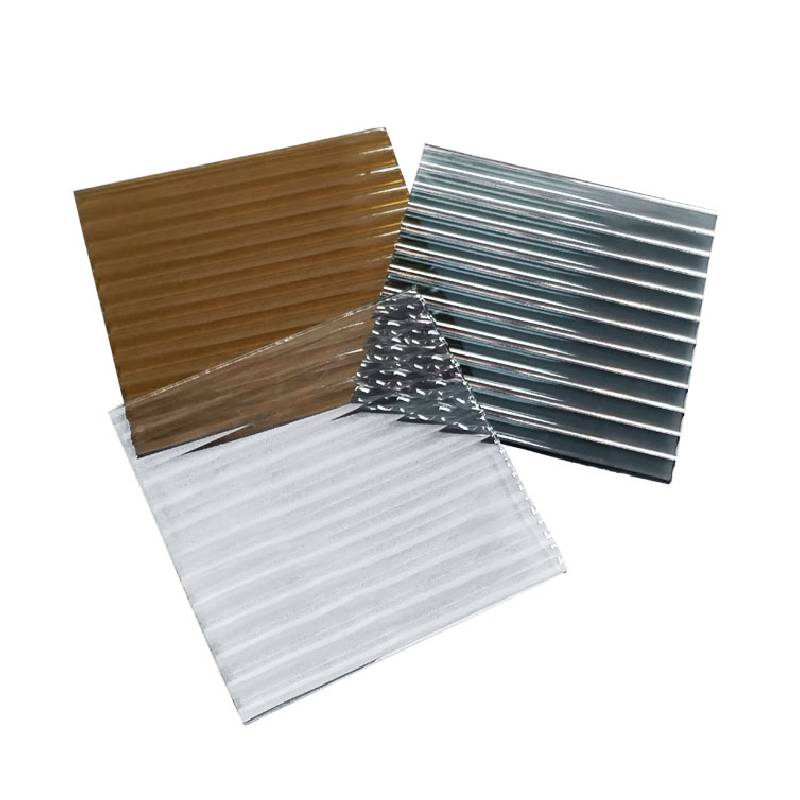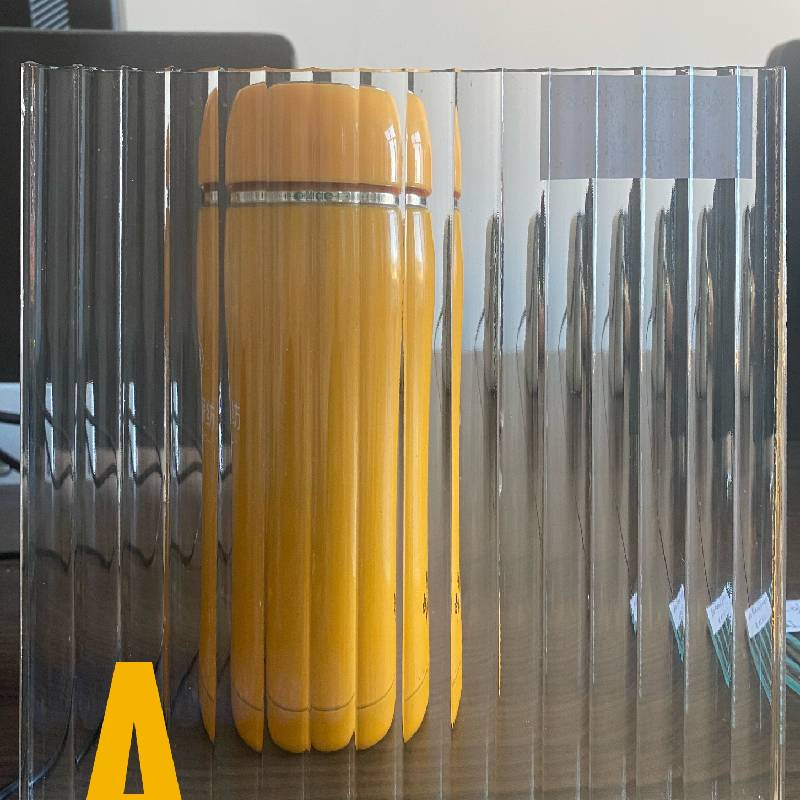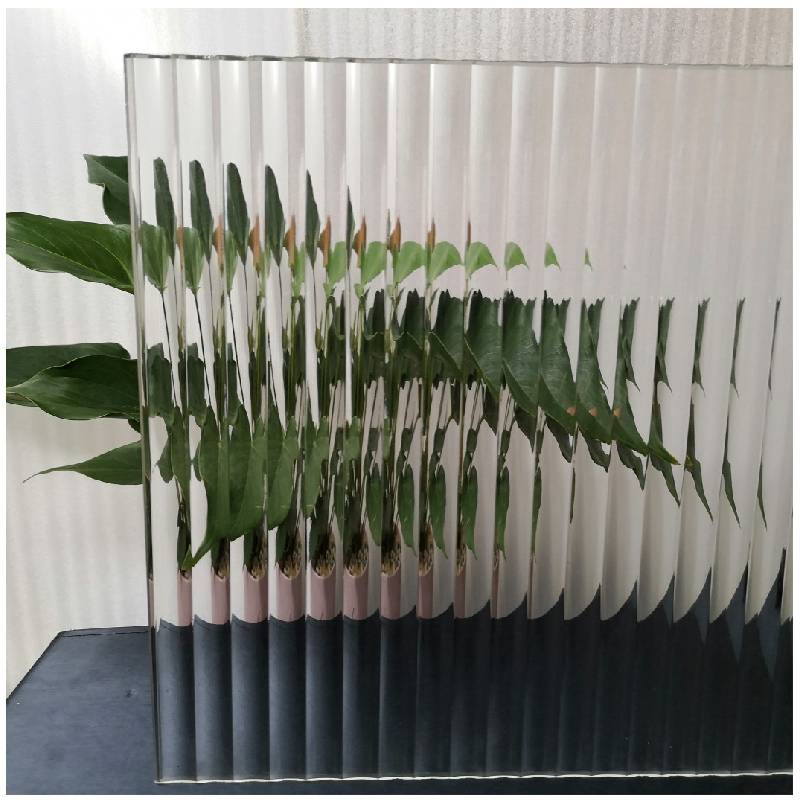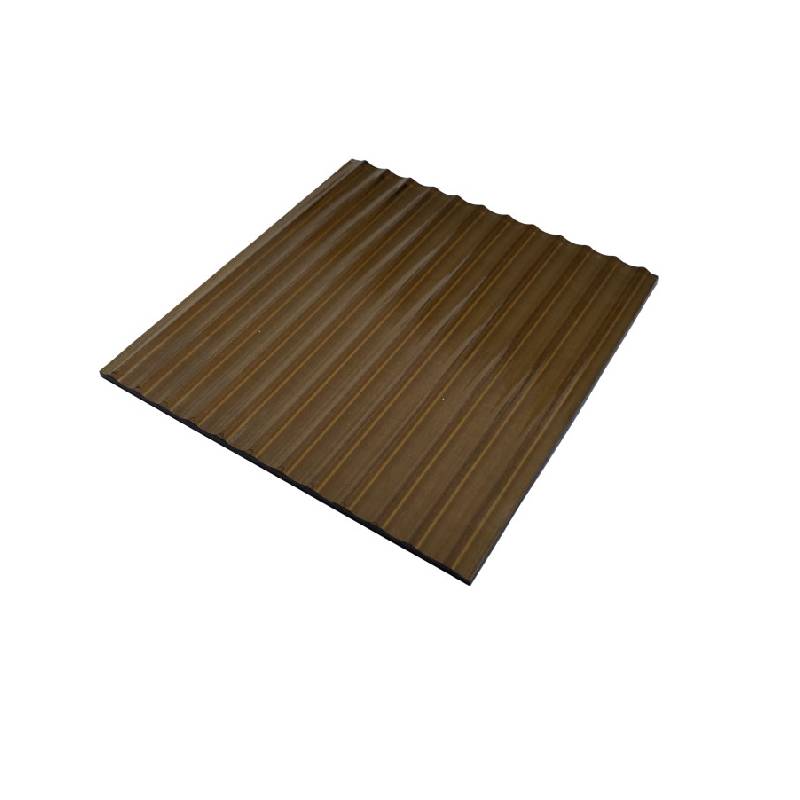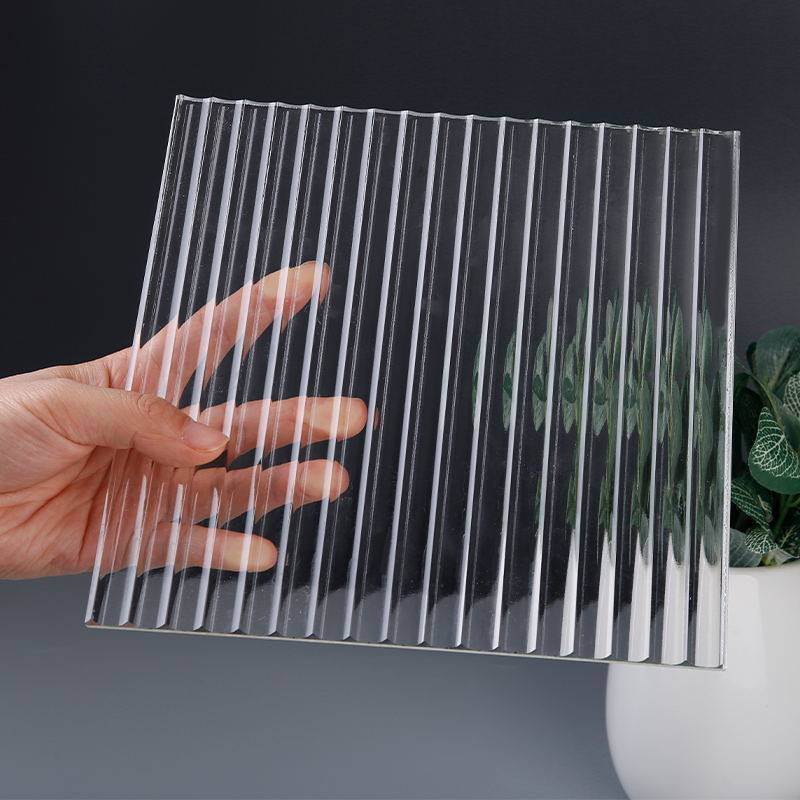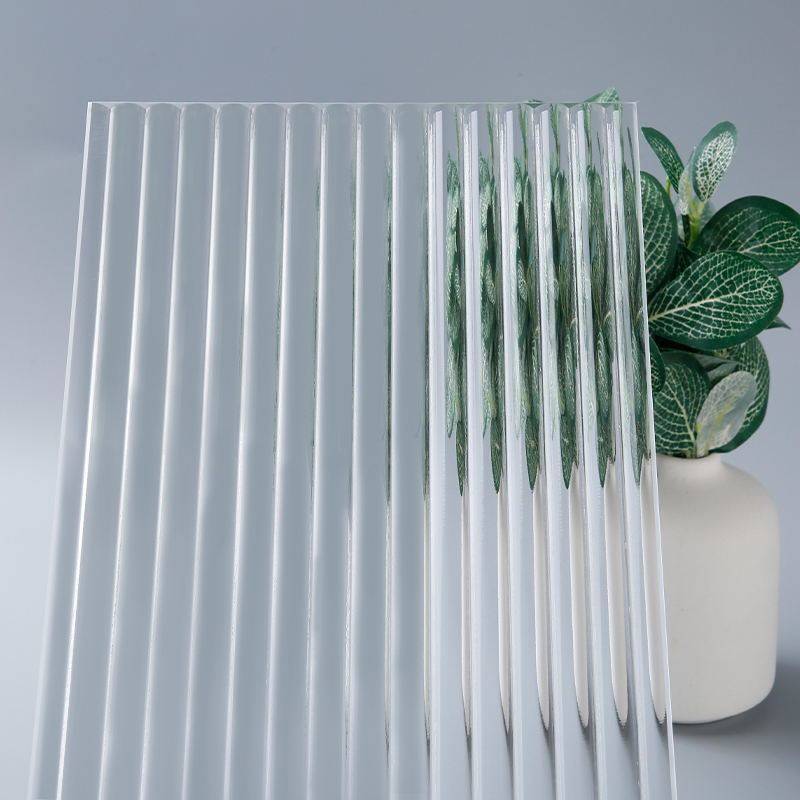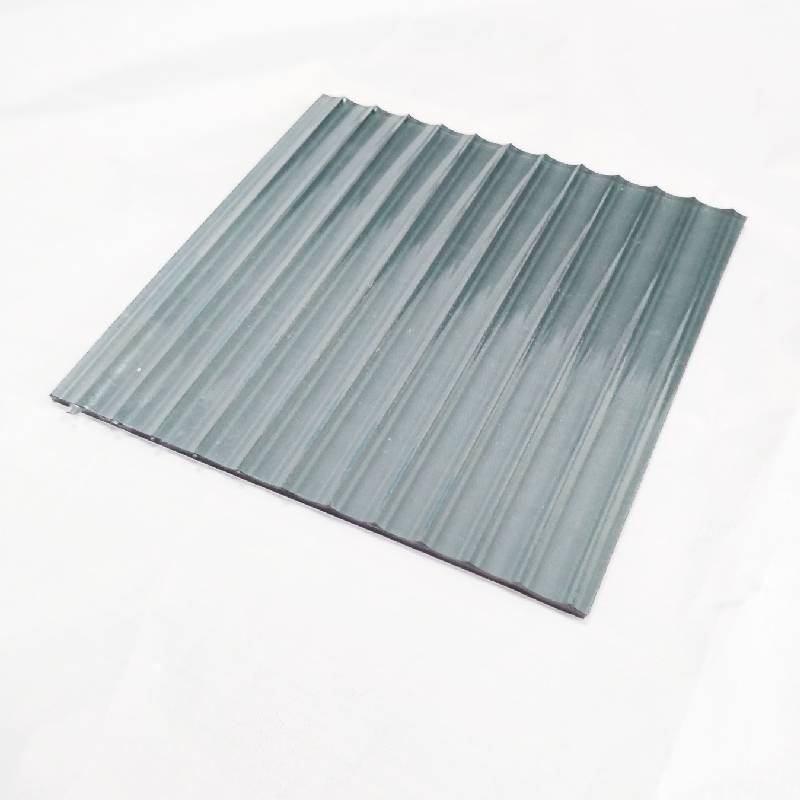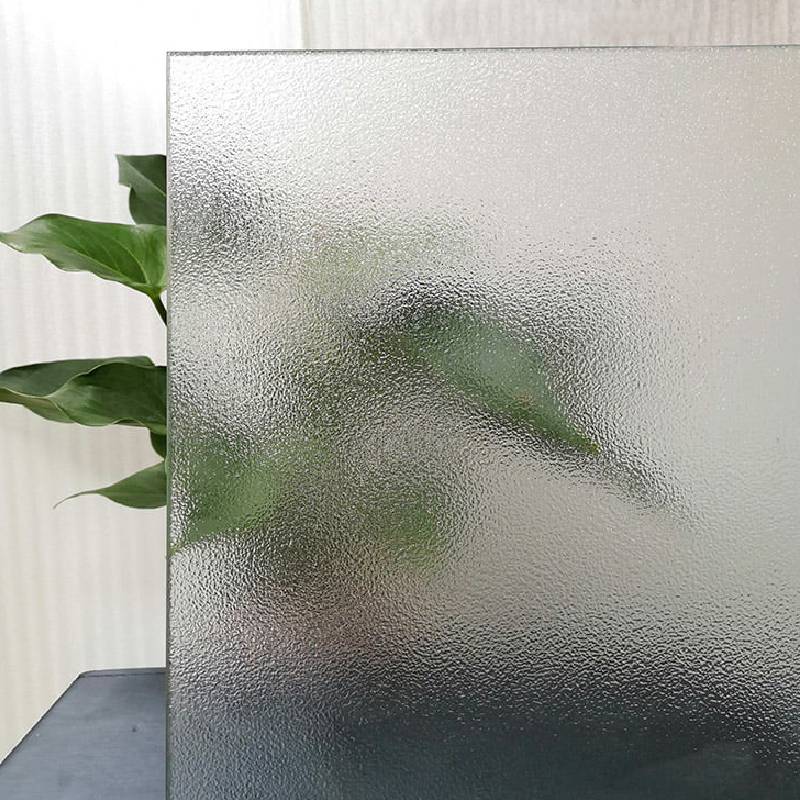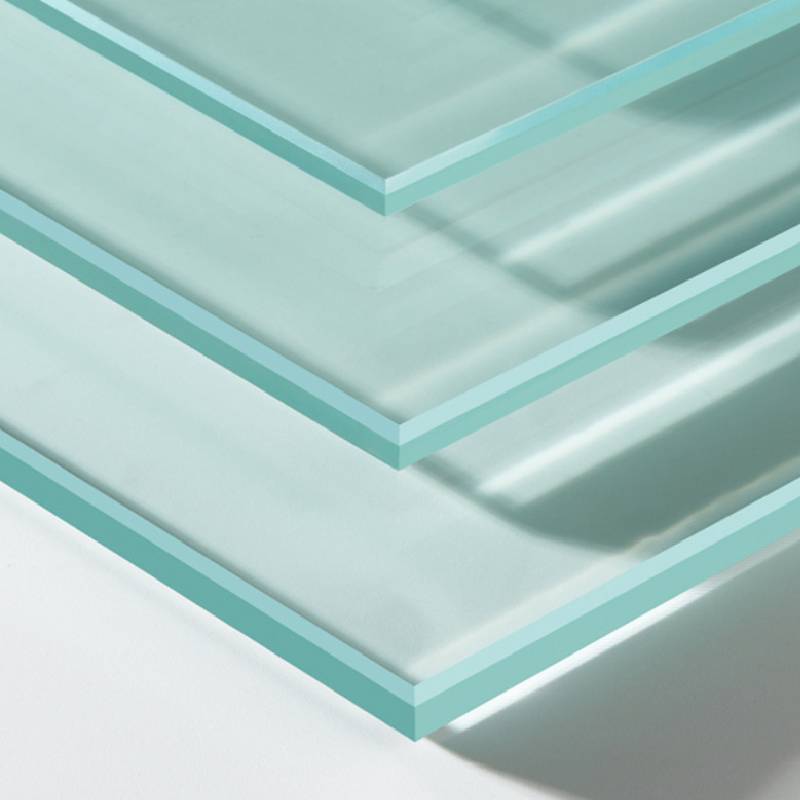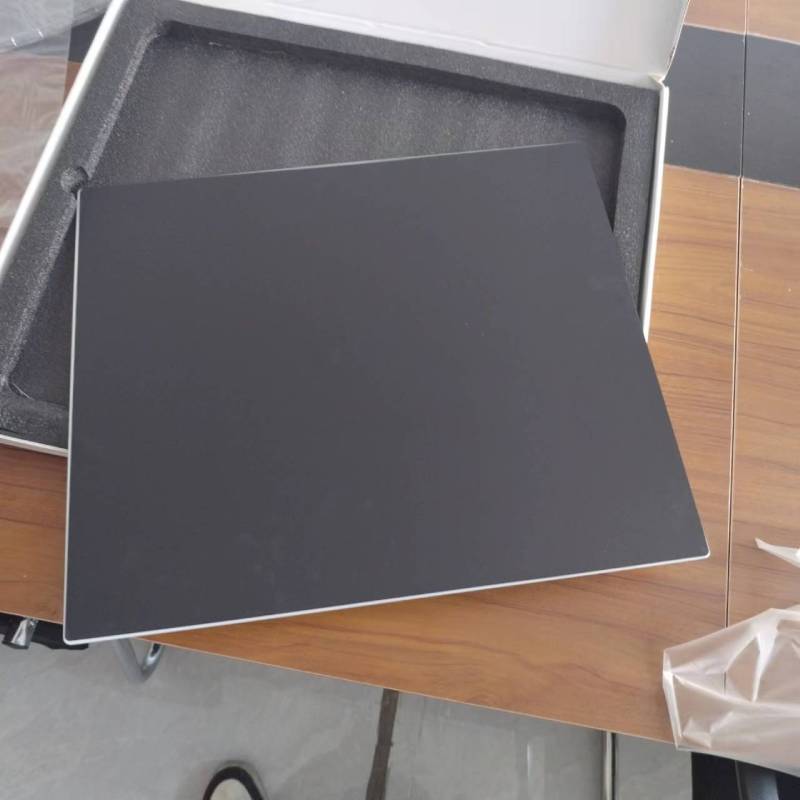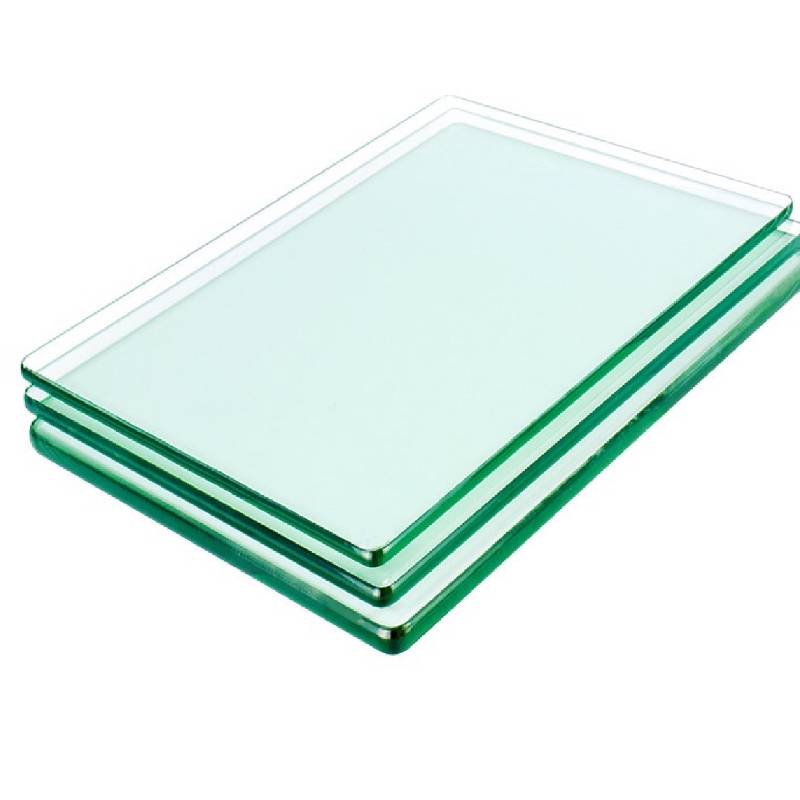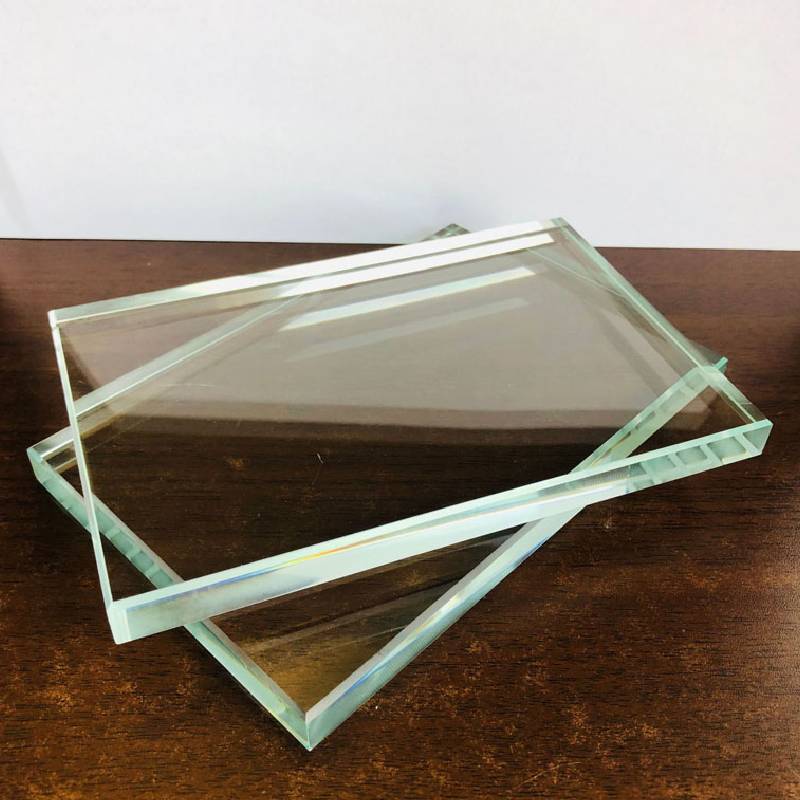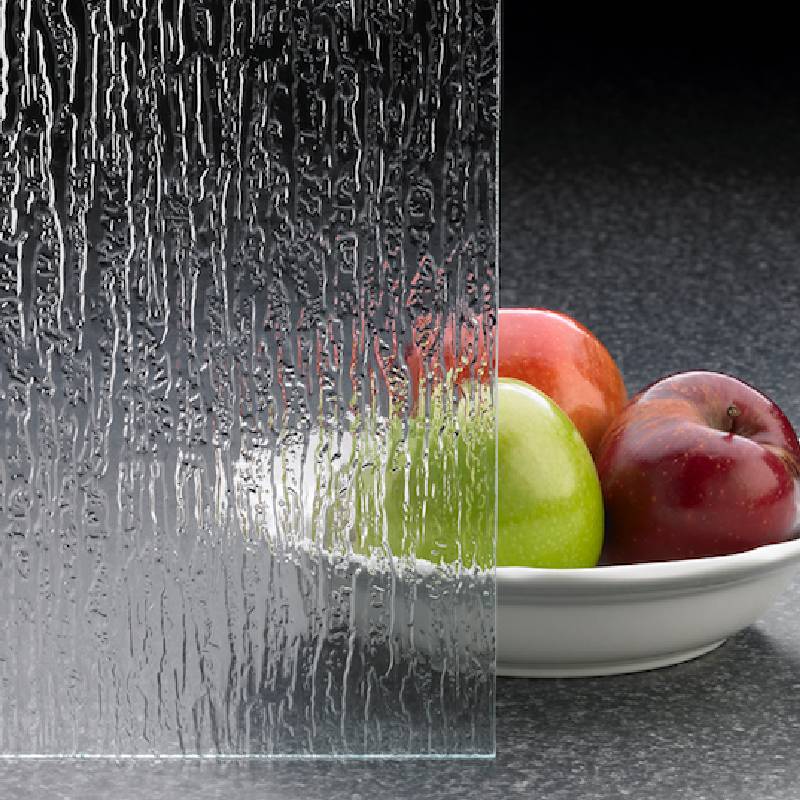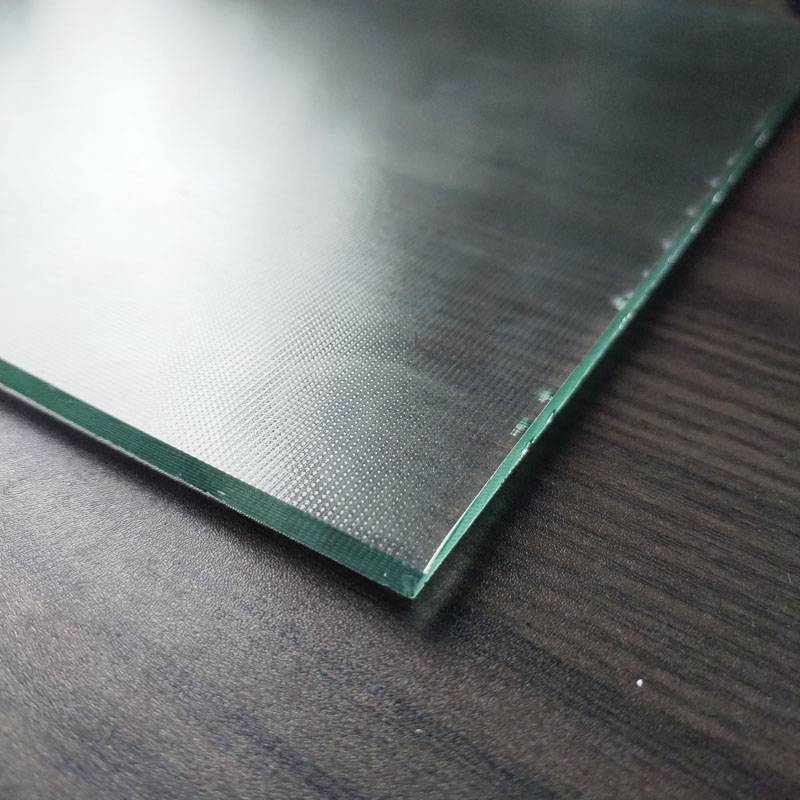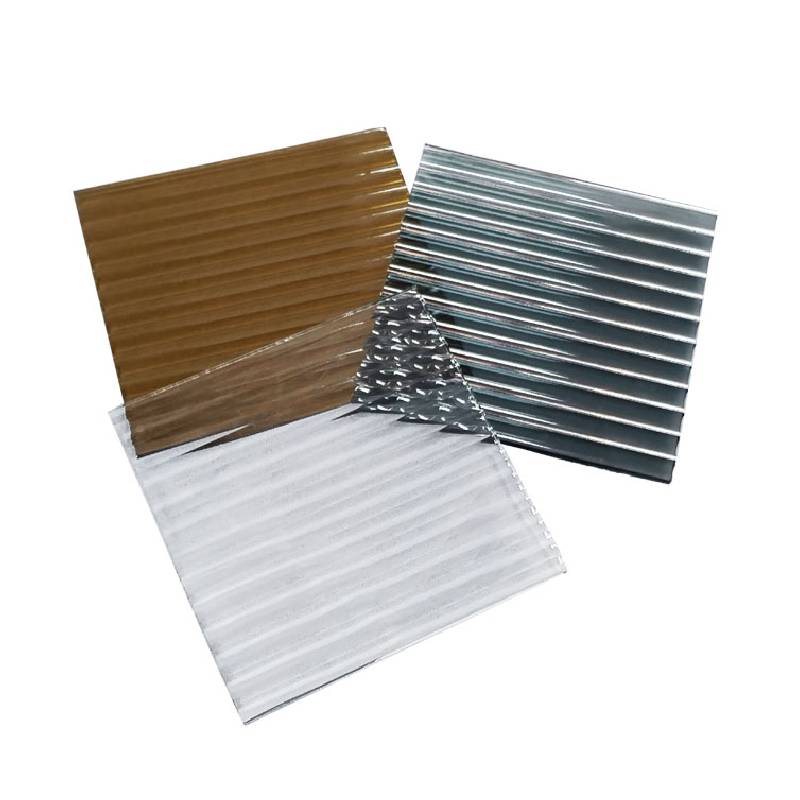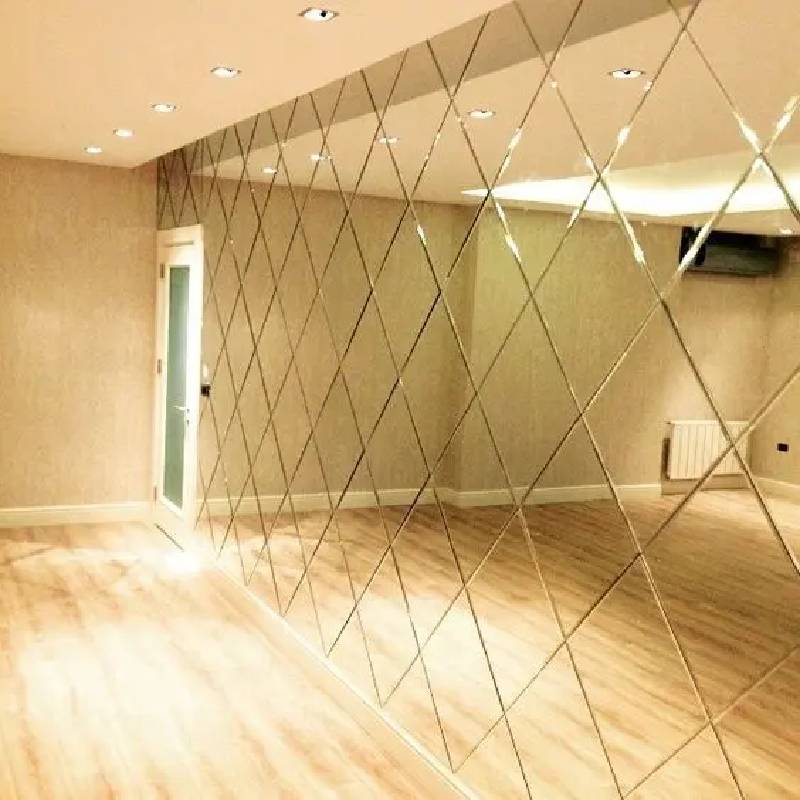- 1. Raw material selection: The process starts with the selection of high-quality raw materials, usually silica sand, soda ash and limestone. These materials were chosen for their purity and consistency, as they greatly influence the final quality of the glass.
2. Ingredients: The selected raw materials are accurately weighed and mixed together in specific proportions. This mixture, called a batch, is loaded into a furnace and melted.
3. Melting: The batch is fed into a furnace that is heated to extremely high temperatures, typically between 1,500 and 1,700 degrees Celsius (2,732 and 3,092 degrees Fahrenheit), depending on the type of glass being produced. Intense heat melts the batch into a viscous liquid called molten glass.
4. Shaping: Once the molten glass reaches the desired consistency, it is formed into the desired shape. This can be done by various methods such as blowing, pressing or moulding. For Moru glass, which often has intricate patterns, techniques such as glass blowing or hand shaping can be used to achieve the desired design.
6. Annealing: Newly formed glass undergoes a process called annealing to eliminate internal stress and strengthen the glass. This involves gradually cooling the glass at a controlled rate to ensure an even temperature distribution throughout the material.
7. Finishing: After annealing is complete, inspect the glass for any defects or blemishes. Any rough edges or sharp points are smoothed away, and the final product is cleaned and polished to enhance its appearance.
- 1. High transparency
Moru glass uses high-quality glass raw materials with high purity, so the transparency is very good and can provide excellent visual effects.
2. A sense of haziness
The vertical line texture of Moru glass has a simple geometric beauty and hazy feeling, which can have a semi-covering effect while maintaining spatial transparency.
3. Transparent but not see-through
Moru glass itself is glass, with the characteristics of glass itself transmitting light. In addition, due to its own grooves with a blurred matte surface, the reflected light, plants or decorations on the other side of the glass can be out of focus. More hazy beauty.
4. Good appearance and wide application
As a high-quality, high-transparency glass material, Moru glass has a variety of functions and functions. It has been widely used in construction, home decoration, automobile and other fields.
Clear Moru glass, ultra clear Moru glass, gray Moru glass, bronze Moru glass, golden Moru glass.
Regular thickness: 4mm, 5mm, 6mm, 8mm, 10mm
Regular size 2000*2440mm, 2100*2440mm, 2100*2800mm, 2100*3300mm
 Afrikaly
Afrikaly  Alban
Alban  Amhar
Amhar  Arapça
Arapça  Ermeni
Ermeni  Azerbaýjan
Azerbaýjan  Bask
Bask  Belarus
Belarus  Bengali
Bengali  Bosniýa
Bosniýa  Bolgar
Bolgar  Katalan
Katalan  Sebuano
Sebuano  Korsikan
Korsikan  Horwatiýa
Horwatiýa  Çeh
Çeh  Daniýaly
Daniýaly  Gollandiýaly
Gollandiýaly  Iňlis
Iňlis  Esperanto
Esperanto  Eston
Eston  Fin
Fin  Fransuz
Fransuz  Frizian
Frizian  Galisiýa
Galisiýa  Gürji
Gürji  Nemes
Nemes  Grek
Grek  Gujarati
Gujarati  Gaiti kreoly
Gaiti kreoly  hausa
hausa  hawaiian
hawaiian  Hebrewewreýçe
Hebrewewreýçe  .Ok
.Ok  Miao
Miao  Wenger
Wenger  Islandiýa
Islandiýa  igbo
igbo  Indoneziýaly
Indoneziýaly  irish
irish  Italýan
Italýan  Japaneseaponlar
Japaneseaponlar  Javaneseawan
Javaneseawan  Kannada
Kannada  Gazak
Gazak  Khmer
Khmer  Ruanda
Ruanda  Koreýçe
Koreýçe  Kürt
Kürt  Gyrgyzystan
Gyrgyzystan  Inçekesel
Inçekesel  Latyn
Latyn  Latwiýa
Latwiýa  Litwa
Litwa  Lýuksemburg
Lýuksemburg  Makedoniýa
Makedoniýa  Malgaşi
Malgaşi  Malaý
Malaý  Malaýalam
Malaýalam  Malta
Malta  Maori
Maori  Marathi
Marathi  Mongol
Mongol  Mýanma
Mýanma  Nepali
Nepali  Norweg
Norweg  Norweg
Norweg  Oksitan
Oksitan  Puştun
Puştun  Pars
Pars  Polýak
Polýak  Portugaliýa
Portugaliýa  Penjebi
Penjebi  Rumyn
Rumyn  Rus
Rus  Samoan
Samoan  Şotlandiýaly Gael
Şotlandiýaly Gael  Serb
Serb  Iňlis
Iňlis  Şona
Şona  Sindhi
Sindhi  Sinhala
Sinhala  Slowakiýa
Slowakiýa  Sloweniýa
Sloweniýa  Somali
Somali  Ispan
Ispan  Sundanese
Sundanese  Suwaýili
Suwaýili  Şwesiýa
Şwesiýa  Tagalog
Tagalog  Täjik
Täjik  Tamil
Tamil  Tatar
Tatar  Telugu
Telugu  Taý
Taý  Türk
Türk  Türkmenler
Türkmenler  Ukrain
Ukrain  Urdu
Urdu  Uýgur
Uýgur  Özbek
Özbek  Wýetnamly
Wýetnamly  Uels
Uels  Kömek ediň
Kömek ediň  Yiddishahudy
Yiddishahudy  Yorubaoruba
Yorubaoruba  Zulu
Zulu 

